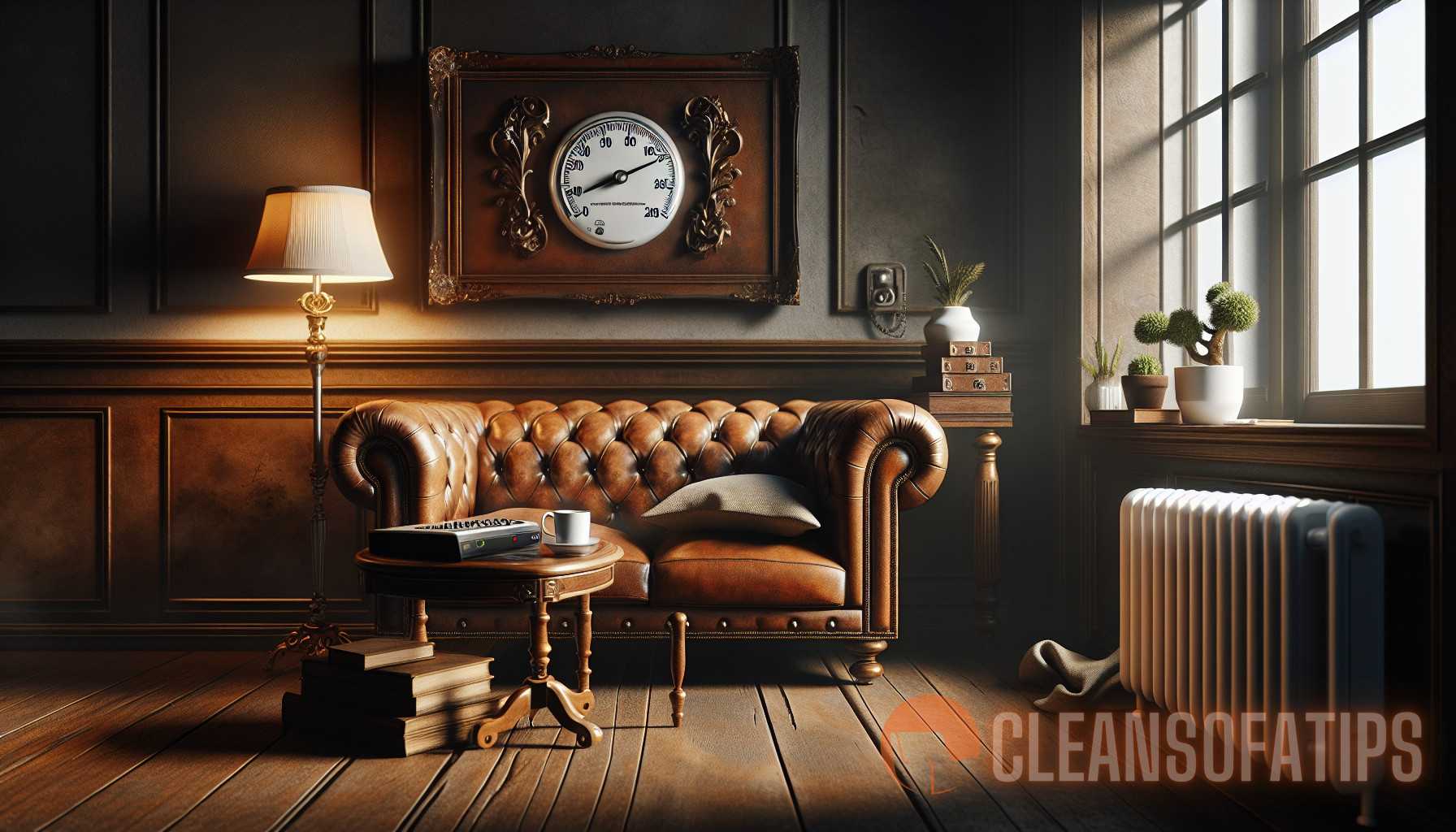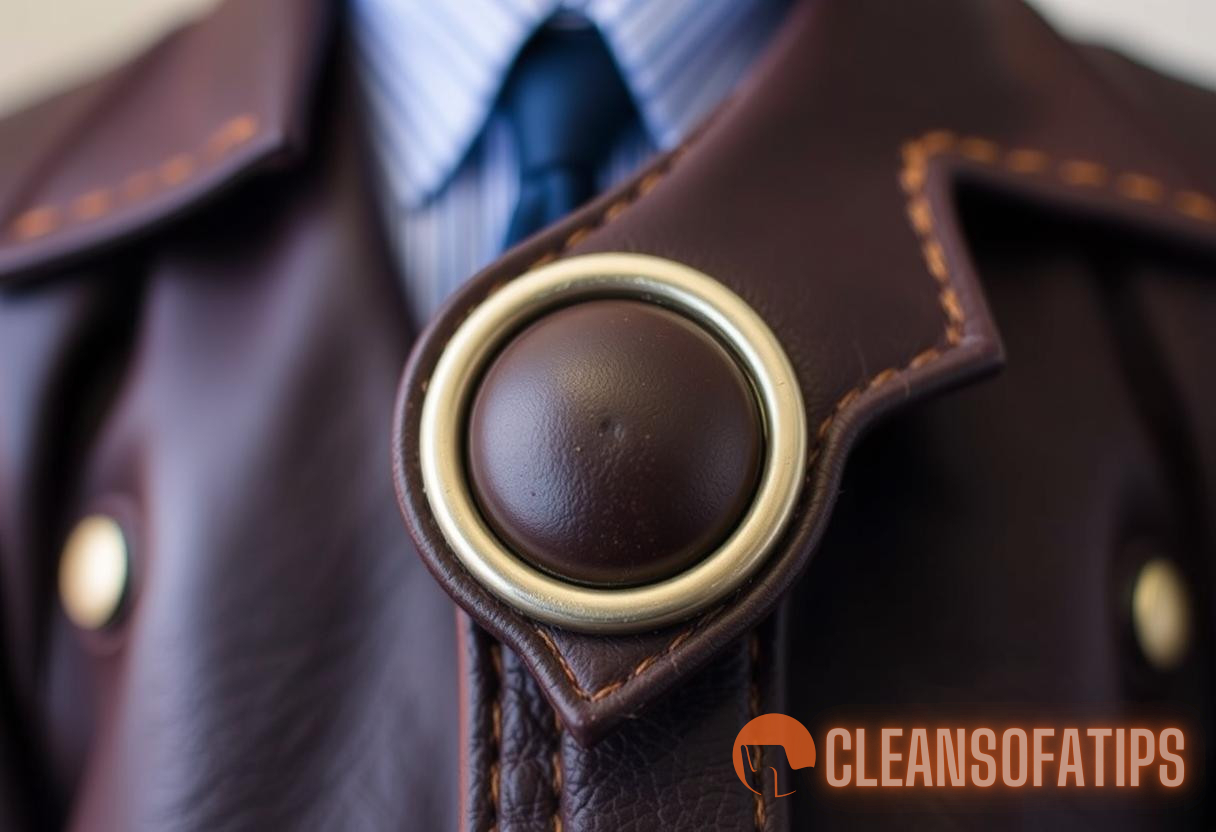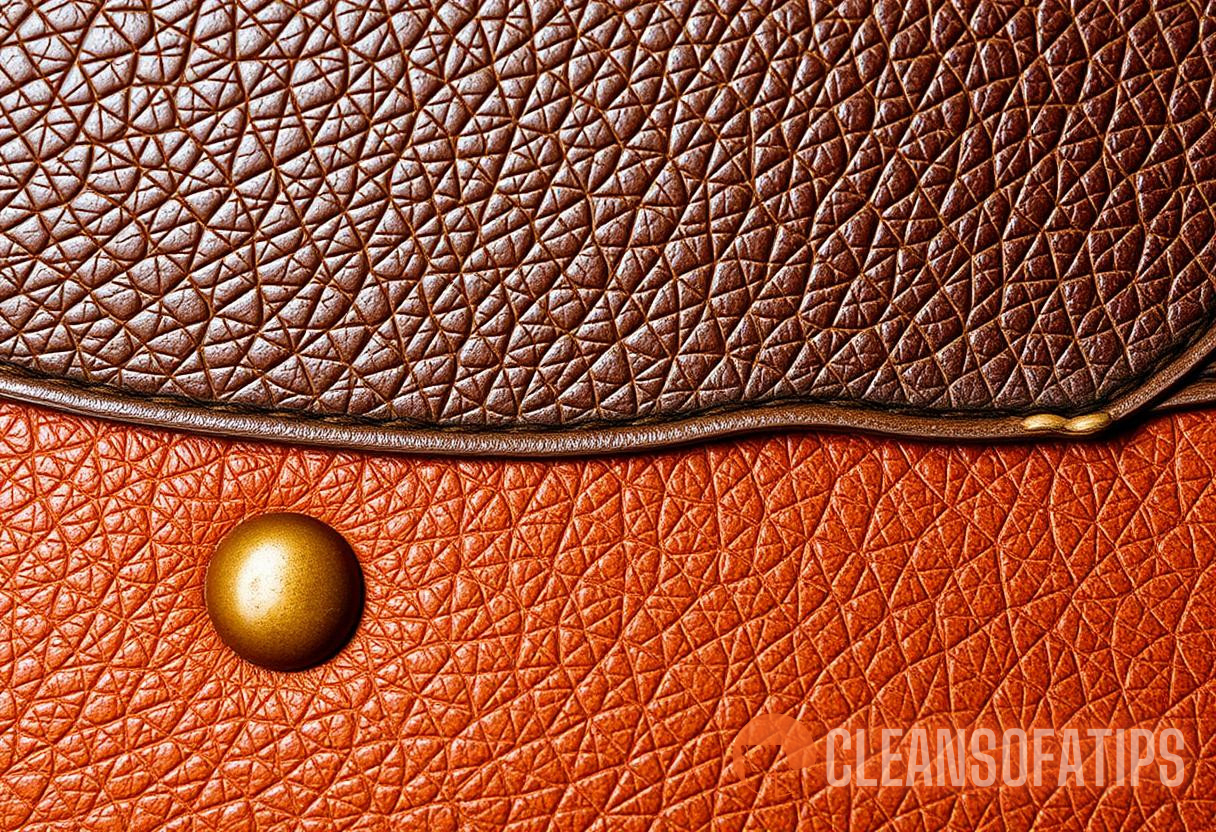Preserving Ageless Elegance: Investigating the Impact of Temperature Control on Leather Furniture Longevity
Leather furniture has long been associated with elegance, luxury, and timeless style. There is something about the supple texture, rich color, and smooth finish of leather that adds a touch of sophistication to any space. However, to ensure that leather furniture retains its ageless appeal, it is essential to understand and control the impact of temperature on its longevity.
The Importance of Temperature Control in Leather Care
Temperature and humidity can significantly affect the lifespan and condition of leather furniture. Leather is a natural material that requires care and attention to maintain its beauty and durability. Extreme temperatures, whether hot or cold, can cause leather to become dry, brittle, and prone to cracking. Likewise, high humidity levels can lead to mold and mildew growth, which can permanently damage the leather.
By implementing proper temperature control measures, you can ensure that your leather furniture remains in excellent condition for years to come. Let’s explore the impact of temperature on leather and the steps you can take to preserve its ageless elegance.
The Effects of Heat on Leather
Heat is one of the primary culprits behind the premature aging of leather furniture. High temperatures can accelerate the natural drying process of leather, causing it to lose its moisture content. As a result, the leather becomes stiff, prone to cracking, and more susceptible to damage.
Here are some ways in which heat can affect leather:
- Drying out: Excessive heat can cause the leather to lose its natural oils and moisture, making it dry and brittle.
- Fading: Prolonged exposure to heat can cause the color of the leather to fade, leading to a dull and worn-out appearance.
- Cracking: Dry and dehydrated leather is prone to cracking, especially in areas where stress or pressure is applied.
To minimize the negative effects of heat on leather furniture, it is crucial to maintain a moderate and consistent temperature within your living space.
The Impact of Cold on Leather
While excessive heat is detrimental to leather, extreme cold temperatures can also have adverse effects on its longevity. Cold temperatures can cause leather to lose its suppleness and flexibility, making it stiff and prone to cracking. Additionally, freezing temperatures can cause the water content within the leather to expand, leading to irreparable damage.
Here are some ways in which cold temperatures can impact leather:
- Stiffness: Cold temperatures can make leather rigid and inflexible, affecting its overall comfort and appearance.
- Cracking: Frozen moisture in the leather can cause it to crack when pressure or stress is applied.
- Discoloration: Rapid changes in temperature can lead to discoloration or mottling on the surface of the leather.
To safeguard your leather furniture from the damaging effects of cold, it is crucial to maintain a stable and moderate temperature in your home. Avoid placing leather furniture near windows or doors where cold drafts can reach them.
The Ideal Temperature and Humidity for Leather Furniture
To ensure the longevity of your leather furniture, it is essential to create an environment that is conducive to its well-being. The ideal temperature and humidity levels for leather may vary slightly depending on the specific type of leather and its finish. However, as a general guideline, the following conditions are recommended:

- Temperature: Maintain a temperature range of 60°F to 75°F (15°C to 24°C) in the area where your leather furniture is located. Avoid extreme fluctuations in temperature, as they can cause the leather to expand or contract, leading to damage.
- Humidity: Keep the humidity level between 40% and 60% to prevent the leather from becoming too dry or too moist. Consider using a humidifier or dehumidifier to maintain the desired humidity level in your living space.
By maintaining these optimal temperature and humidity conditions, you can prolong the lifespan of your leather furniture and preserve its ageless elegance.
Tips for Temperature Control Leather Care
In addition to maintaining the ideal temperature and humidity levels, there are several other steps you can take to ensure the longevity of your leather furniture. Here are some helpful tips for temperature control leather care:
- Avoid placing leather furniture near heat sources: Keep your leather furniture away from direct sunlight, fireplaces, radiators, and other heat sources that can cause rapid temperature fluctuations.
- Use window treatments: Install blinds, curtains, or UV-blocking window films to protect your leather furniture from direct sunlight, which can cause fading and discoloration.
- Use leather conditioners: Regularly apply a high-quality leather conditioner to replenish the natural oils and moisture in the leather. This helps to keep the leather soft, supple, and less prone to cracking.
- Clean spills immediately: Accidental spills should be promptly cleaned up using a soft, absorbent cloth. Avoid using harsh cleaning agents or excessive water, as they can damage the leather.
- Keep pets away: Pets can unintentionally scratch or damage leather furniture. Encourage them to use their designated resting areas instead.
- Rotate cushions and pillows: Regularly rotate cushions and pillows to distribute the wear and tear evenly and prevent excessive creasing or sagging in certain areas.
- Protect with covers: Consider using protective covers for your leather furniture when not in use, especially during long periods of absence or when moving.
By following these temperature control leather care tips, you can enhance the longevity and beauty of your leather furniture, keeping it looking as elegant as the day you first brought it home.
Conclusion
Temperature control plays a crucial role in preserving the ageless elegance of leather furniture. Exposure to extreme heat or cold can cause significant damage, such as drying, cracking, and discoloration. By maintaining a moderate temperature range and an optimal humidity level, you can ensure that your leather furniture remains in excellent condition.
Implementing temperature control measures, such as avoiding direct sunlight, using window treatments, and regularly applying leather conditioners, can greatly extend the lifespan of your leather furniture. By following proper temperature control leather care practices, you can continue to enjoy the timeless beauty and elegance of leather for many years to come.
Internal links:
For more detailed information about leather care, refer to the article available at cleansofatips.fun/leather-maintenance/leather-elements/.
If you are interested in revitalizing and extending the lifespan of your leather furniture through DIY leather conditioning solutions, check out the article available at cleansofatips.fun/leather-maintenance/revitalize-and-extend-the-lifespan-of-your-leather-furniture-with-diy-leather-conditioning-solutions/.
Sources:
- Wikipedia. “Leather.” Wikipedia, Wikimedia Foundation, 8 June 2021.



